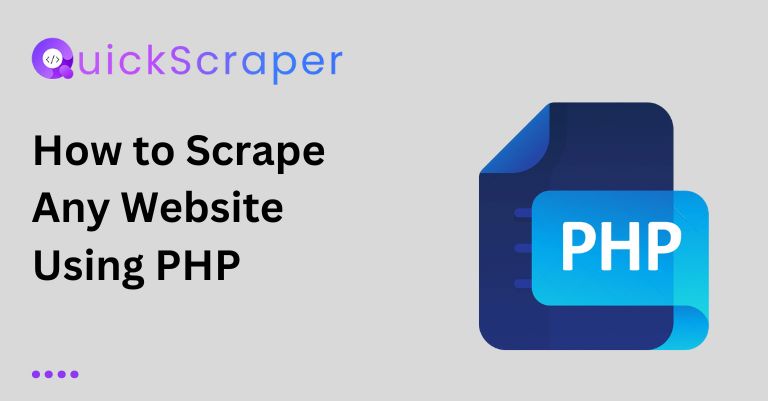1. Is Twitter scraping legal? Yes, Twitter scraping is legal as long as it is done in compliance with Twitter’s terms of service and any relevant data protection regulations.
2. Can I scrape data from private Twitter accounts? No, Twitter scraping is limited to public data available on the platform. Accessing private accounts or scraping private information violates Twitter’s terms of service.
3. How often can I make API requests when scraping Twitter? Twitter imposes rate limits on API requests to ensure fair usage. The specific rate limits depend on the type of API endpoint and the user’s account type.
4. Can Twitter scraping be automated? Yes, Twitter scraping can be automated using Twitter scrapers and appropriate API integration. Automation enables efficient and timely data extraction.
5. Are there any restrictions on how I can use scraped Twitter data? While Twitter allows scraping of public data, the use of scraped data may be subject to certain restrictions. It is important to respect privacy, data protection, and intellectual property rights when using scraped Twitter data
